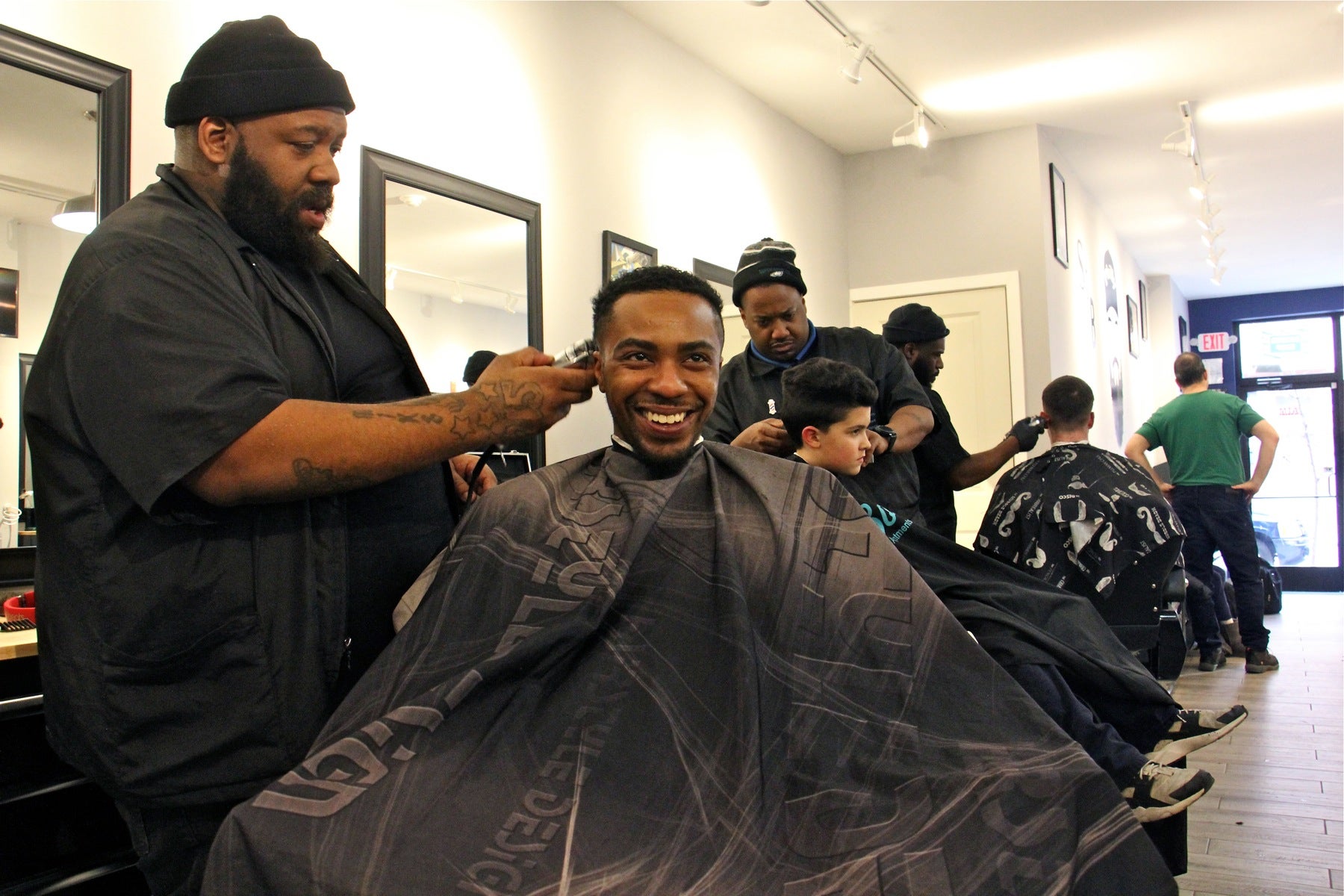Crucial Hygiene Protocols Every Barber Should Steer Clear of for Maximum Client Safety
Crucial Hygiene Protocols Every Barber Should Steer Clear of for Maximum Client Safety
Blog Article
Upholding adequate hygiene remains crucial for any field that entails direct interaction with customers, especially within the barbering field. Barbers play an important part in helping clients look and become their finest, but this duty entails with the necessity for strict sanitary practices. In the interest of the safety of clients and stylists alike, there are numerous essential sanitary practices that should be prevented. Understanding these measures may help guarantee a clean and secure setting in barbershops.
One of the common frequent sanitation mistakes barbers should avoid is the reuse of personal grooming tools without proper sanitation. Tools such as shears, clippers, and brushes can hold germs and pathogens if they are not sterilized after each use. Barbers should always disinfect their tools with suitable cleaners or cloths after clients. Failing to do so could result to the transmission of diseases, which can have serious consequences for clients. Creating a schedule for cleaning and sanitizing tools is not just a recommended protocol; it is a vital part of maintaining a safe operational environment.
Another practice to prevent is overlooking to clean hands consistently. Stylists engage with multiple clients in a single-day shift, and their skin can easily pick up germs and pathogens. It is crucial for barbers to wash their hands meticulously with detergent and water before and following every customer. Additionally, using skin disinfectant can be an effective way to further minimize the transmission of germs. Skipping this process can endanger client safety and may lead in diseases or illnesses that could have been easily avoided.
Adequate sanitation of the barber shop setting is also critical. Stylists should refrain from overlooking areas that are often touched, such as chairs, work surfaces, and waiting area seats. These surfaces should be cleaned and sterilized frequently to reduce the likelihood of cross-contamination. Creating a cleaning schedule can help barbers copyright a sanitary setting. why not look here This practice not only safeguards customers but also improves the general experience, making clients feel more at ease and appreciated.
Additionally, stylists should refrain from using products that have not been stored or handled correctly. Cosmetic items such as gels, sprays, and oils can turn tainted if they are kept open or improperly stored. It is important for barbers to examine use-by labels and to store products in a cool, arid environment. Discarding any outdated or suspicious items is vital to ensure client well-being. Utilizing contaminated products can lead to dermal reactions or allergic reactions, which can damage a stylist's credibility and harm clients.
To conclude, stylists have a duty to copyright high levels of sanitation to ensure the safety and health of their clients. By preventing the reuse of unsterilized instruments, overlooking handwashing, overlooking surrounding sanitation, and haircut trends for men utilizing improperly stored items, stylists can create a safe and inviting atmosphere. Understanding and applying these critical hygiene practices not only safeguards customers from infections but also cultivates confidence and loyalty. A clean barber shop is a thriving barbershop, in which both stylists and clients can feel assured and safe.